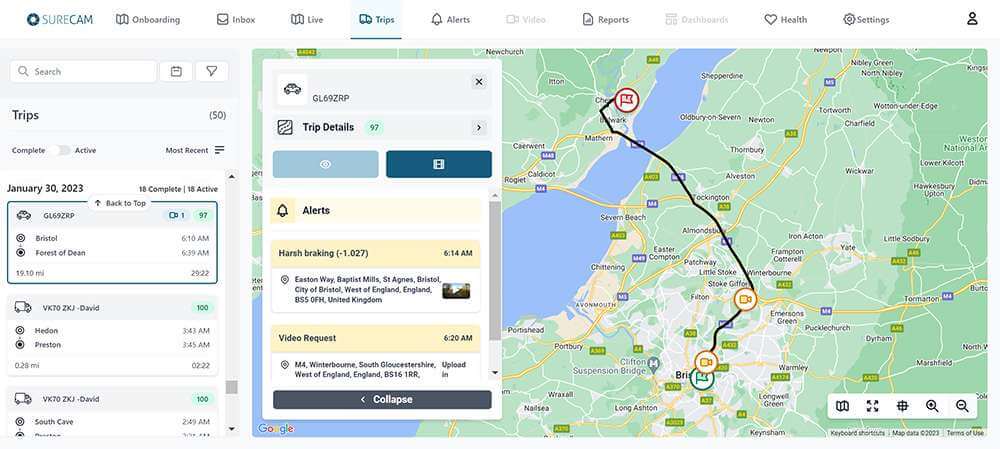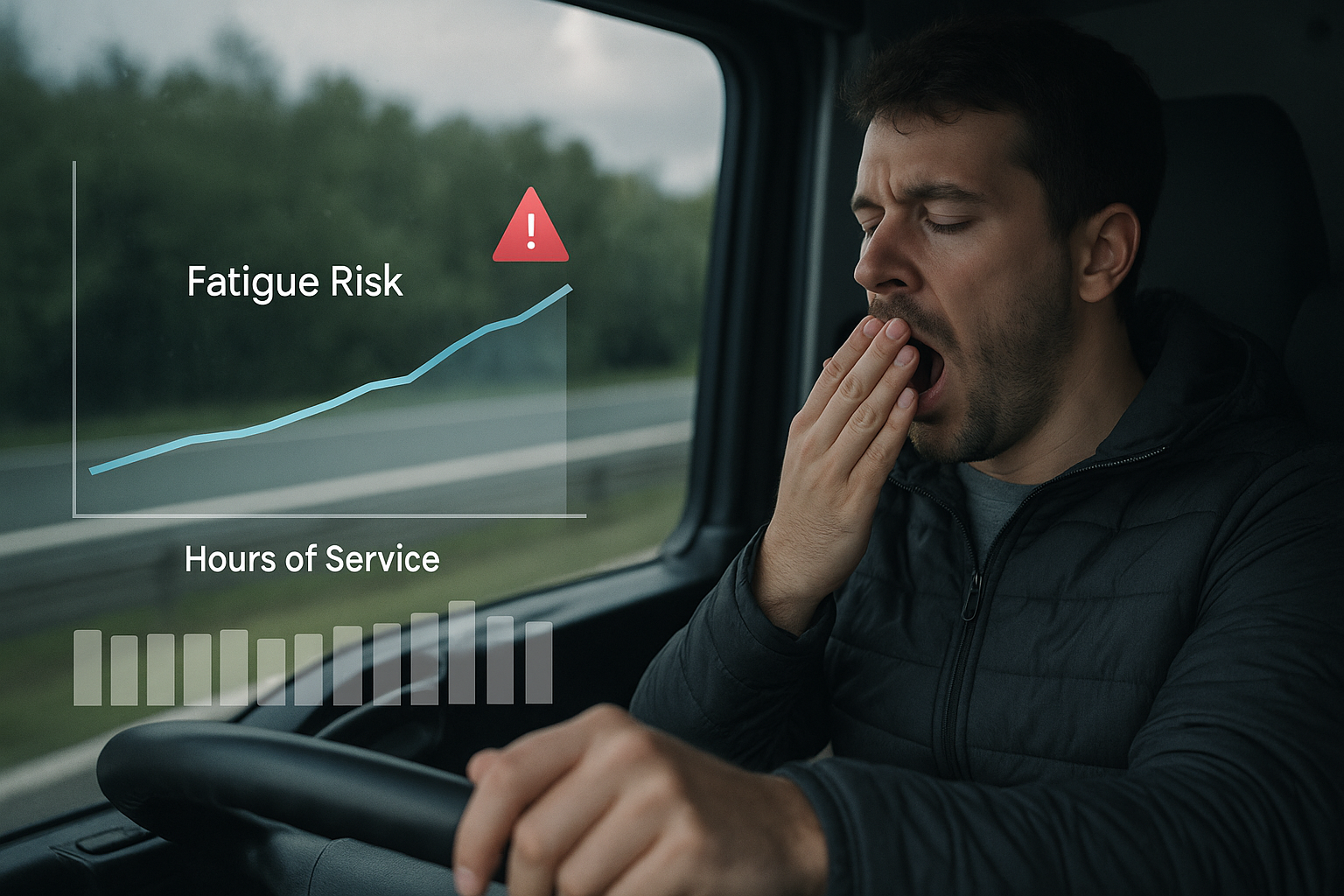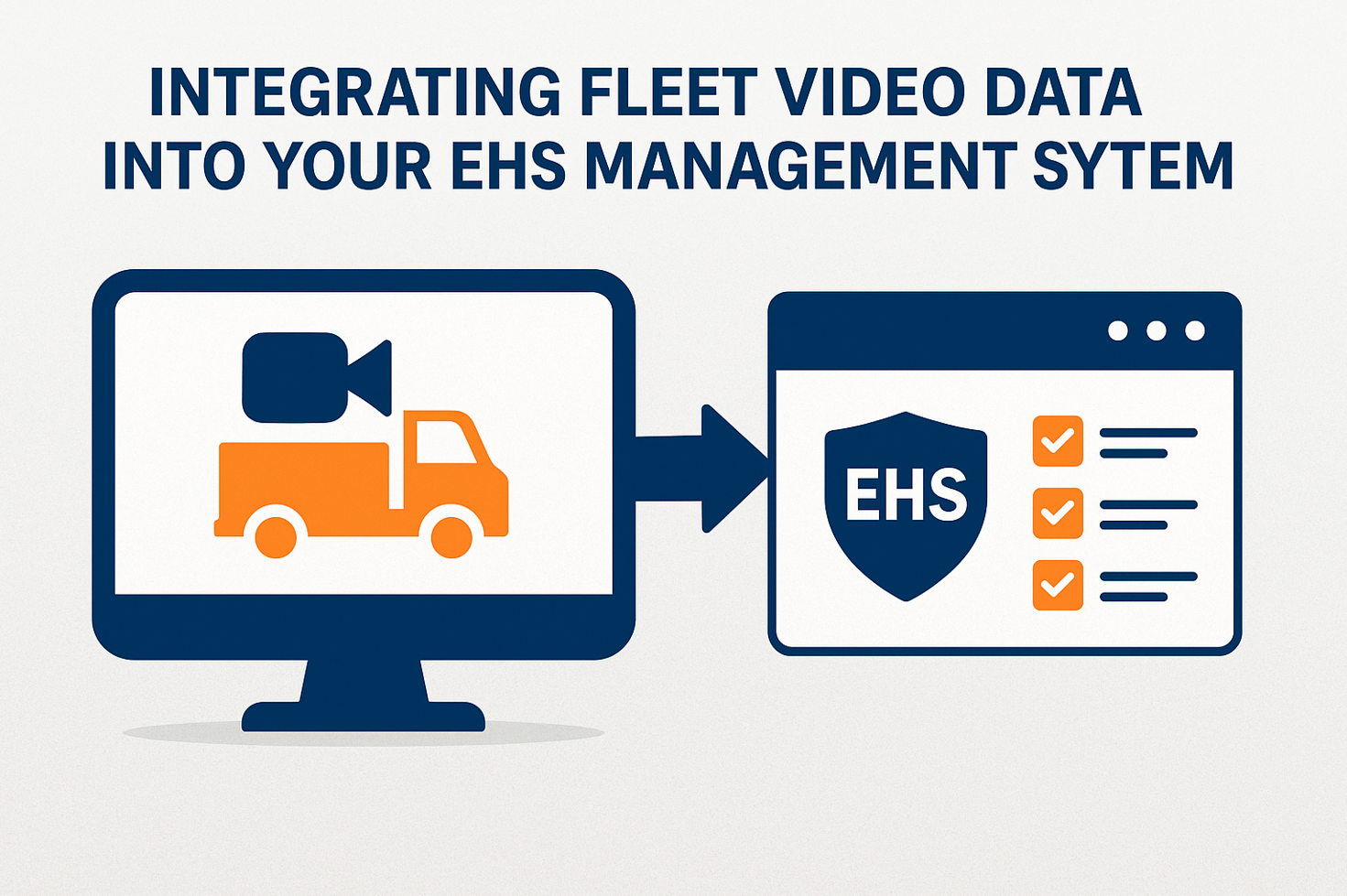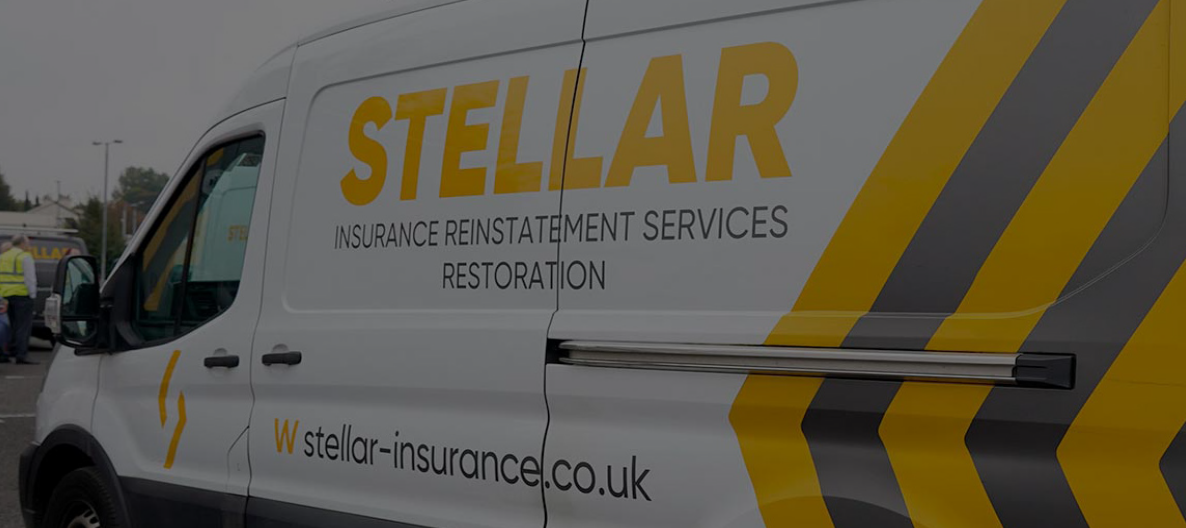Everything You Should Know About Direct Vision Standards for HGVs
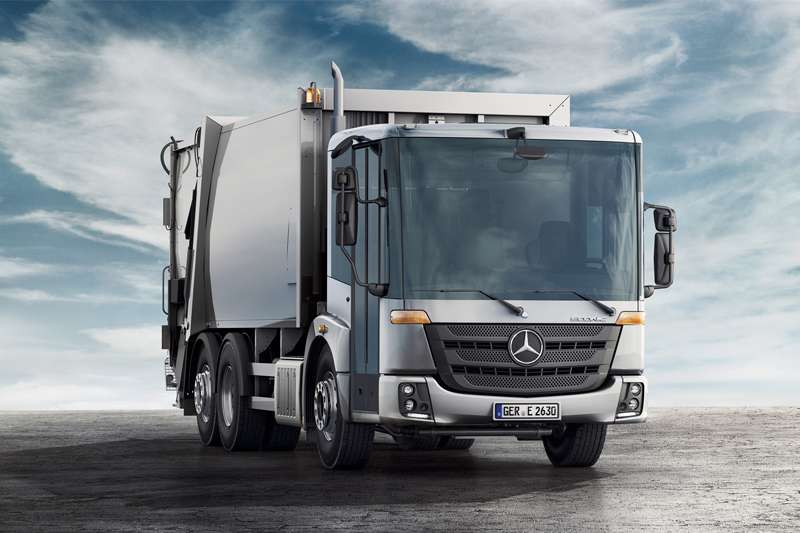
Since March 2021, the Greater London area has witnessed a significant change in the rules governing Heavy Goods Vehicles (HGVs) on its roads. The introduction of Direct Vision Standards (DVS) has not only impacted the way HGVs operate but also raised the bar for road safety in the city. In this comprehensive guide, we’ll delve into what DVS entails, which vehicles it applies to, how it is enforced, and the crucial role of dash cameras in ensuring compliance.
What Exactly is DVS?
Direct Vision Standards, often abbreviated as DVS, represent a novel law devised to mitigate road injuries in London, particularly those caused by HGVs with driver blind spots. These blind spots have long posed a substantial risk to vulnerable road users such as cyclists and pedestrians. The objective of DVS is to eliminate these blind spots by mandating HGV owners to install camera equipment and other enhancements that enhance driver visibility.
Which Vehicles Fall Under the Direct Vision Standards?
DVS primarily pertains to N3 category vehicles, encompassing HGVs with a gross vehicle weight of 12 tons or more. It's important to note that this regulation extends to foreign-registered HGVs operating within Greater London. Buses, coaches, and HGVs weighing less than 12 tons are exempt from DVS requirements.
We would like to also mention that while DVS is required for vehicles with a gross vehicle weight of 12 tons or more, it can also be fitted to smaller vehicles to improve safety systems.
How is DVS Enforced?
DVS regulations encompass all roads within Greater London, every A-road leading into London from the M25, and all 32 London boroughs. To ensure compliance, all relevant vehicles must obtain a permit reference number as an electronic record. Traffic cameras strategically positioned throughout the city will then cross-check the license plates of HGVs for these permits.
Failure to possess a DVS permit can result in a substantial fine of £550, underscoring the importance of rigorous adherence to these standards.
Preparing Your Vehicle for DVS
DVS compliance is not merely an option; it is imperative for any business reliant on HGVs in their day-to-day operations. To ready your HGV for DVS compliance, follow these three key steps:
- Step 1: Assess Your Vehicle's DVS Star Rating (3 to 5): DVS now assigns star ratings to HGVs based on the driver's direct vision of the road, with ratings ranging from 3 to 5 stars. A rating of 3 or higher indicates that your vehicle meets the necessary safety standards, while a lower rating may require additional safety measures.
- Step 2: Invest in Safe System Equipment if Applicable: If your HGV receives a rating below 3 stars, you must invest in the Safe System equipment to enhance driver visibility and mitigate blind spots.
- Step 3: Apply for Your Permit Online via Transport for London's Website: Acquiring a DVS permit is a pivotal step in complying with the regulations.
Please note that as of 2024, sensor systems are no longer an option for DVS compliance, as they are not allowed to detect roadside furniture. AI or Radar systems are better suited to meet the updated requirements.
What If My HGV is Rated Below 3 Stars?
If your HGV falls within the category of a DVS rating below 3 stars, it implies that your vehicle has inadequate direct vision. In such instances, you are mandated to equip your HGV with the "Safe System" vision equipment to achieve full DVS compliance by October 2024.
Safe System Equipment for HGVs
The Safe System equipment constitutes a set of vital safety enhancements devised to eradicate blind spots and augment driver awareness. Here’s an overview of the components included in the Safe System:
- Moving Off Information Systems (MOIS): Vehicles must have a Moving Off Information System (MOIS) that detects pedestrians or cyclists entering the blind spot area in front of the vehicle when the vehicle is stationary with the brakes applied. This signal must escalate to a collision warning if the driver prepares the vehicle to move off. Front sensor systems must actively respond to Vulnerable Road Users (VRU) without providing false alarms.
- Blind Spot Information System (BSIS): All vehicles must have a Blind Spot Information System (BSIS) that only provides information signals in response to the presence of a Vulnerable Road User (VRU), not other vehicles or roadside furniture. The detection range must be specified, and the system should be active at all vehicle speeds between 0 km/h and 30 km/h.
- Camera Monitoring Systems (CMS): To eliminate remaining blind spots, a Camera Monitoring System must be fitted, regardless of whether mirrors are in place. These systems provide real-time monitoring to enhance driver awareness.
- Audible Warnings: Vehicles must be equipped with Audible Warning equipment to alert pedestrians, cyclists, and other road users when the vehicle intends to make a turning maneuver. Operators should consider systems that combine spoken warnings and white noise for minimal driver intervention.
- Warning Signage: Warning Signage must be displayed on the rear of Rigid Vehicles and any trailer unit in use.
Maintaining DVS Compliance with SureCam
Ensuring compliance with London's Direct Vision Standards transcends mere legal obligation; it places safety at the forefront for all road users. An indispensable tool for achieving and upholding DVS compliance is a high-quality dash camera system.
At SureCam, we recognize the paramount importance of both safety and compliance for HGV operators. Our state-of-the-art dash camera systems are meticulously engineered to provide unparalleled visibility for HGV drivers. By installing our cameras at the front and nearside of your vehicle, you can significantly mitigate blind spots, thereby enhancing both safety and compliance with DVS regulations.
London's Direct Vision Standards for HGVs represent a pivotal stride toward enhancing road safety within the city. Whether you are an HGV operator or fleet manager, it is essential to possess a comprehensive understanding of these standards, their applicability to various vehicles, and the steps essential for compliance. By investing in the requisite Safe System equipment and leveraging dash cameras like those offered by SureCam, you not only fulfill legal obligations but also contribute to a safer road environment for everyone. Stay compliant, stay safe, and traverse London's roads with confidence.

Book a demo today!
SureCam offers GPS vehicle tracking, live video, and real-time alerts for efficient fleet management. Get a Demo

